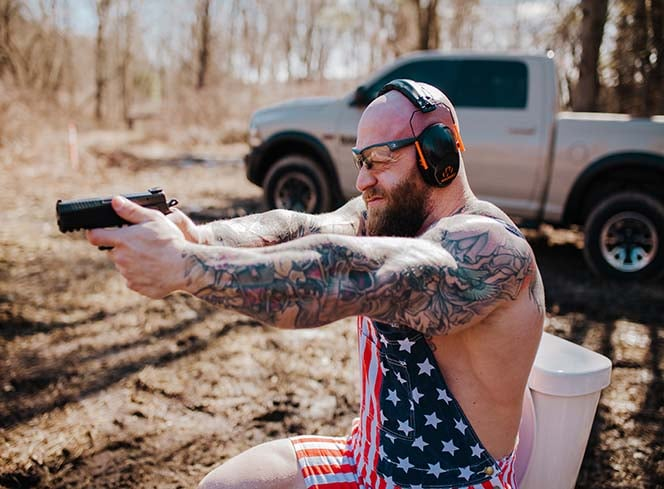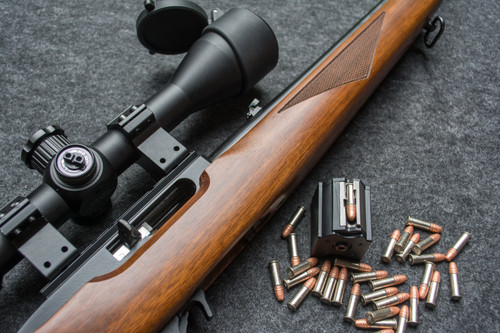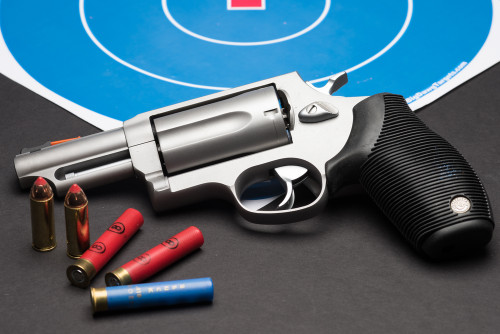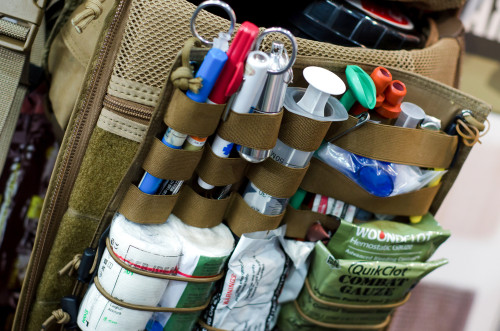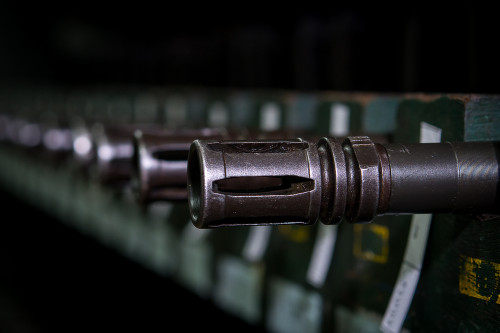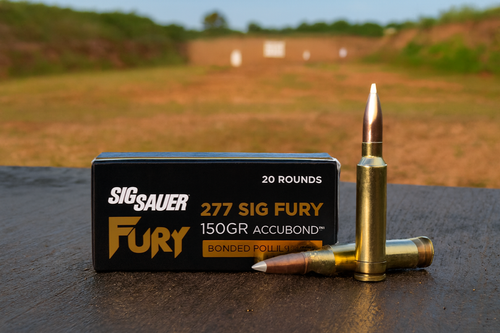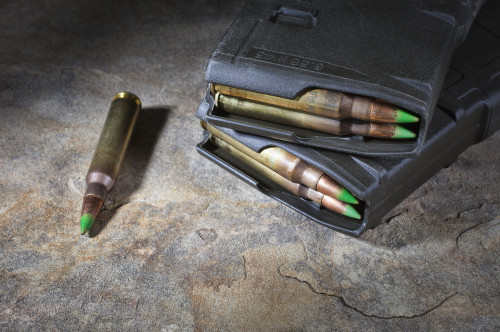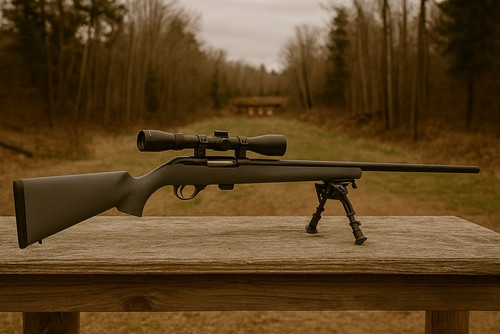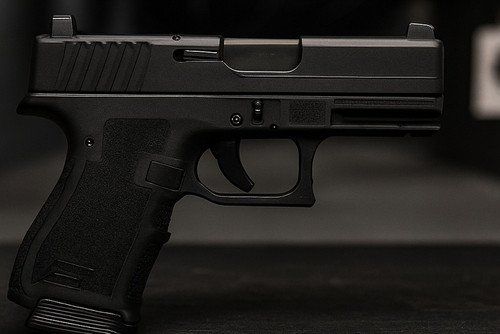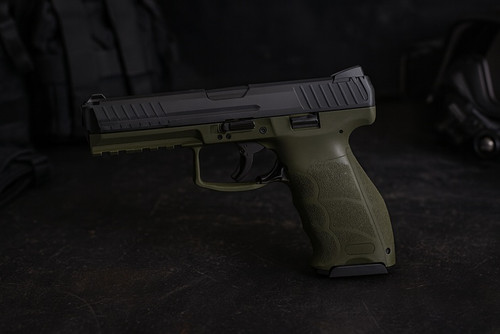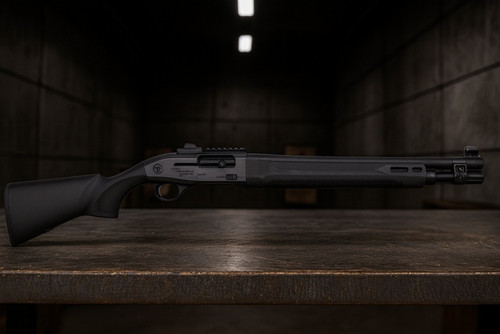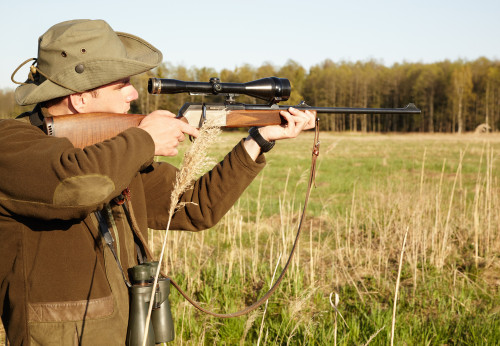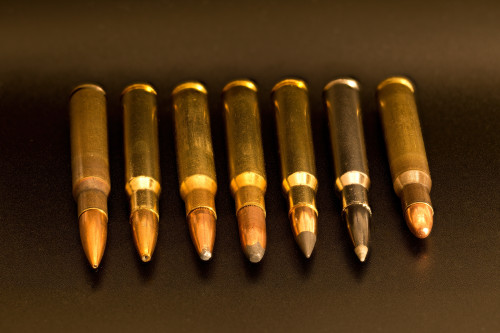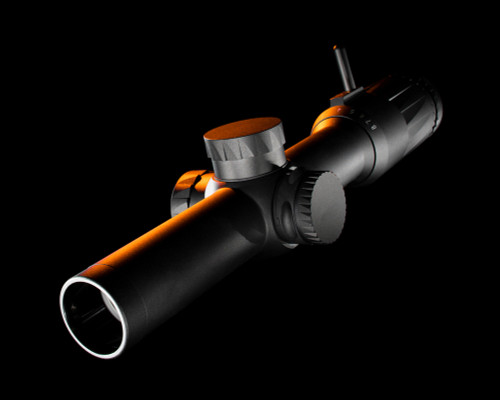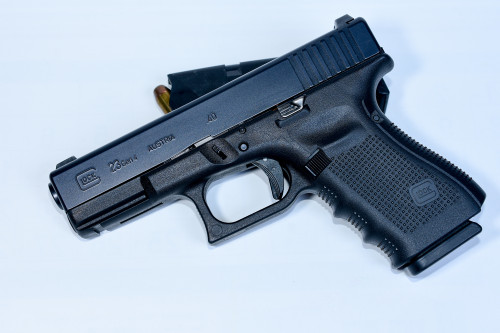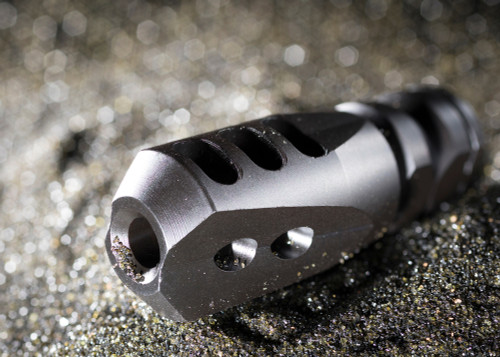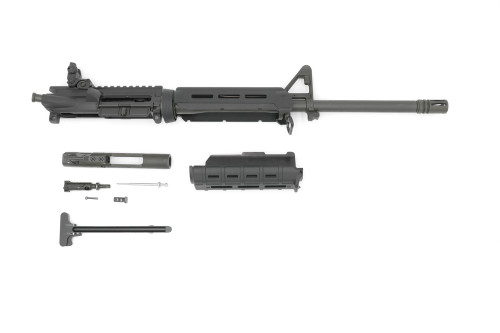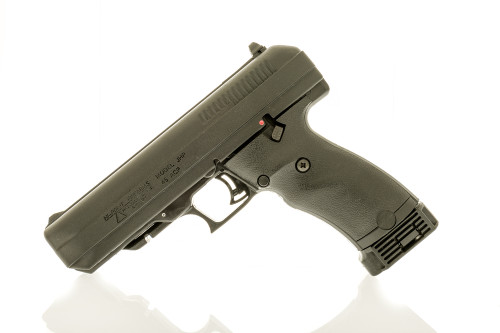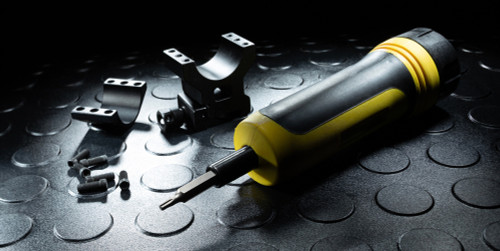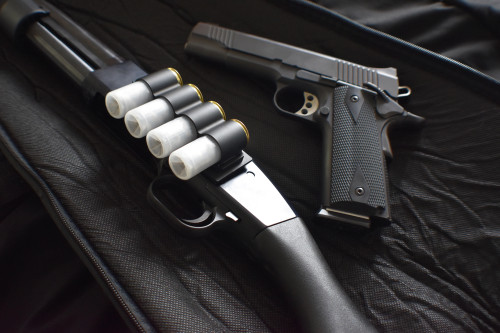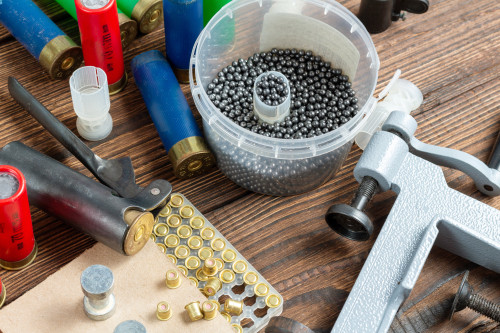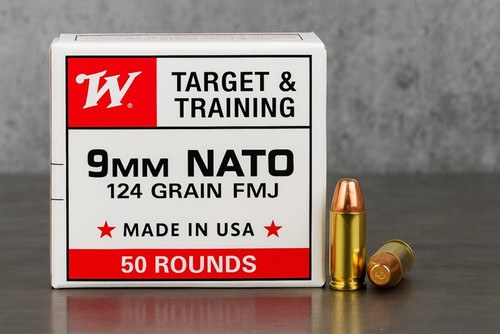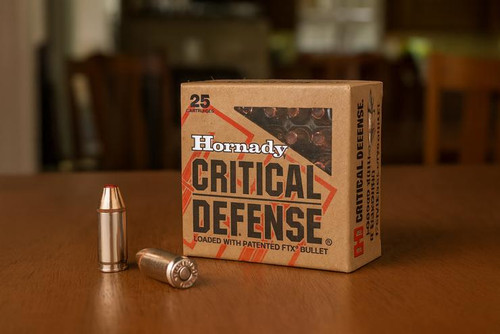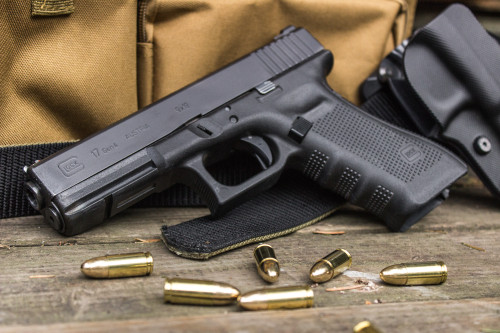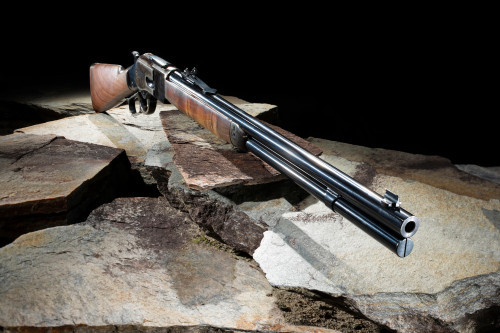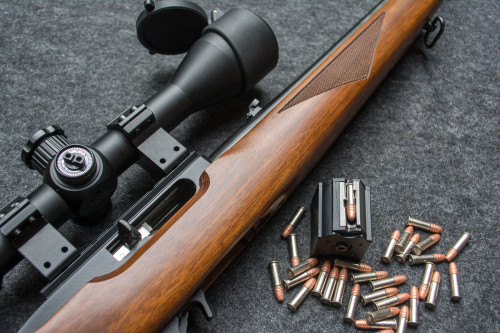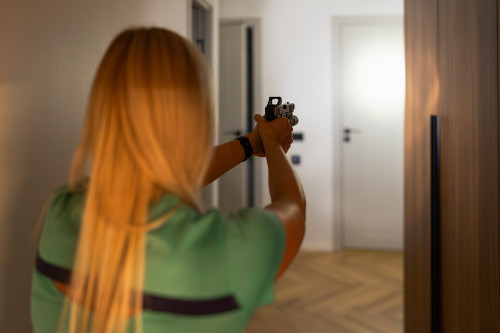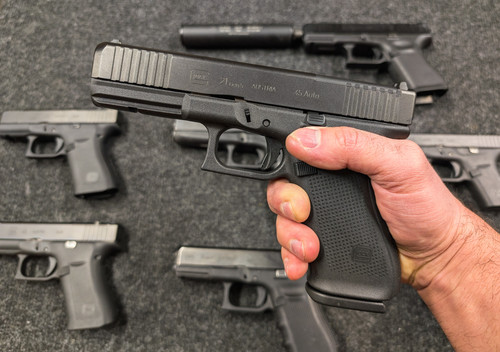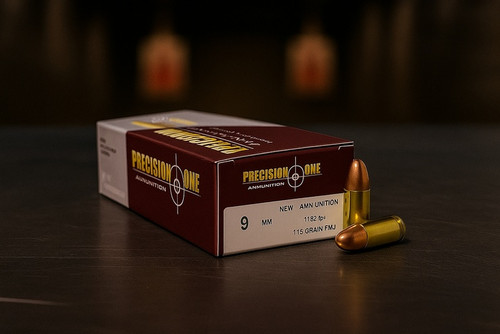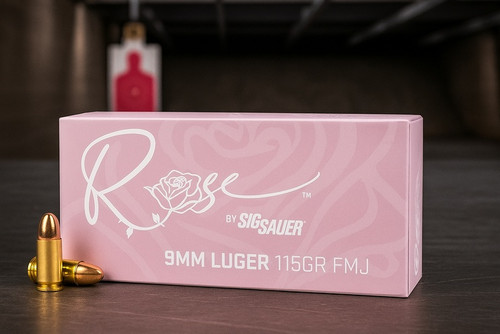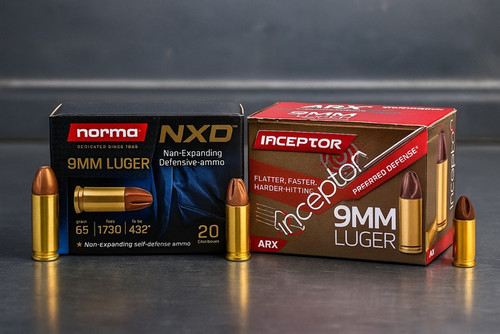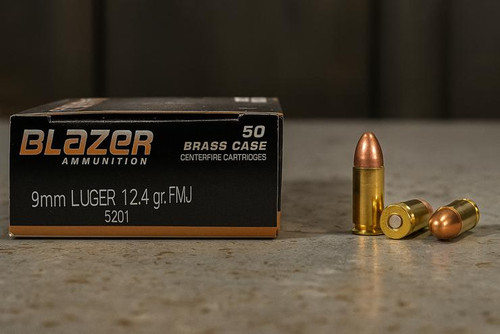In firearms, there are no perfect solutions, only trade-offs. Do you want high capacity, stopping power, or concealability? Revolver or automatic? Stealth or speed? The wisest choices will depend on each situation and your priorities.
This is especially true when choosing between subsonic and supersonic ammo. While both types of ammo have their purposes, they differ in performance and optimal applications.
In this guide, we’ll explain the differences between these ammo types, why each is better or worse in various situations, and how to choose the ammo type that best suits your shooting goals.
Speed of Sound Explained
Just so we’re on the same page, let’s talk some terminology. The suffix “sonic” means sound, or in this case, specifically the speed of sound. “Sub” means below, and “super” means above. Subsonic means below the speed of sound. Supersonic means above the speed of sound. Pretty simple, right?
However, the speed of sound is not a fixed value. Since sound is a wave moving through air, the speed of the wave can change based on the air conditions (temperature, humidity, altitude, etc.). For example, at 68 degrees Fahrenheit, the speed of sound is about 1125 feet per second (fps). However, at 32 degrees Fahrenheit, the speed of sound drops to 1086 fps. The denser the air, the slower the sound wave.
Whether or not a cartridge is actually subsonic or supersonic depends on both the design of the round and the atmospheric conditions. For practical purposes, if the round is designed for a 2900+ fps muzzle velocity, this is irrelevant. No air conditions on earth can slow this round down enough to make it subsonic.
However, if the round is built for 1000 fps, it may or may not be supersonic depending on the weather.

Browning X-Point Defense 9Mm Luger 147 Grain Hollow Point
$16.99
Browning
Prices accurate at time of writing
Subsonic vs Supersonic Ammo: What’s the Difference?
Now, let's look at the key differences between subsonic and supersonic ammo. Subsonic ammo is designed to be slower than the speed of sound and excels in situations where noise reduction is a priority (like when using a suppressor). Supersonic ammo is designed to be faster than the speed of sound and provides superior range and stopping power.
It’s important to note that these aren’t different types of rounds, they’re different categories of ammo. A variety of calibers and designs are available in both supersonic and subsonic varieties.
In common language, saying “supersonic” ammo is kind of redundant. Most “regular” ammo is supersonic and won’t be labeled as such on the package. However, subsonic ammo is more of a specialty round and will usually be marked “subsonic”. The point is, there’s no supersonic ammo section at your local gun store or most online ammo retailers.
With that said, let’s take a look at how supersonic and subsonic ammo stack up:
Round Design
Subsonic rounds are specifically designed to avoid breaking the sound barrier. This is achieved by building the rounds with a heavier grain (bullet weight) and less powder in relation to the grain.
Some rounds, such as the .45 ACP, are naturally subsonic (though not specifically designed with this attribute). Supersonic variations of .45 ACP exist with a smaller bullet, but it’s sort of a specialty item. Normal .45 ACP is subsonic.

Ammo Inc. Stelth 45 Acp Auto 230 Grain Total Metal Jacket - Mega Case (2 Cases Of 20 Boxes)
$939.80
Ammo Inc.
Prices accurate at time of writing
In contrast, supersonic rounds contain a smaller, lighter bullet and less powder. Now, it’s not necessarily smaller grain in absolute terms, but it will be small in relation to the amount of powder in the round. It’s the grain-to-powder ratio that determines initial muzzle velocity.
Muzzle Velocity
Subsonic rounds are (naturally) slower than supersonic. This means they are usually traveling at less than about 1125 fps. In contrast, supersonic rounds average around 2500 fps, and can go up to 3000 fps or more, depending on the round design and weapon configuration.
Muzzle velocity is determined by several factors including the design of the round as described above as well as the length of the barrel. Generally, the longer the barrel, the faster the round can travel since the powder can burn more completely and transfer that energy to the bullet.
A borderline subsonic round could be projected at supersonic speeds out of some longer barrels. In other words, the same “subsonic” round fired from a pistol could be supersonic if fired from a rifle.
Loudness
Sound is the most noticeable difference between subsonic and supersonic rounds. When an object exceeds the speed of sound, it produces a “sonic boom.” This is the signature “crack” produced by a supersonic bullet.
While a suppressor can reduce the loudness of the muzzle blast, it can’t do anything about the supersonic crack that occurs after the round exits the barrel.
In contrast, a subsonic round will not produce a sonic boom. Of course, you’ll still hear the boom of the powder (it’s still a gun, after all), but you won’t hear a supersonic crack as the bullet flies through the air. In fact, with a small enough subsonic round (e.g., .22 LR) plus a suppressor, you can nearly achieve “Hollywood quiet” where the hammer fall is almost louder than the shot itself — (almost).

Remington Subsonic 22 Long Rifle 40Gr Hp 50/5000
$6.11
Remington
Prices accurate at time of writing
Impact Energy
Supersonic rounds typically pack more power than subsonic, especially when you equate for the size of the bullet. The additional speed allows the bullet to penetrate a target with more force and generally gives the round more “stopping power.”
In contrast, subsonic rounds have less power, which means they have reduced impact energy and stopping power. However, it also means they have less recoil, which can be beneficial for physically weaker people who might struggle with more powerful rounds. Subsonic rounds are also less likely to penetrate walls and create collateral damage.
Effective Range
We know that accuracy is not a property of a round, but a function of the shooter and the gun. That said, a round with a flatter trajectory is easier to aim and can help a shooter be more accurate.
As a general rule, a supersonic round has a greater effective range than a similar subsonic round. The higher muzzle velocity of supersonic rounds causes the bullet to fly farther and along a flatter trajectory. This means the shooter won’t need to make so many calculations to estimate the point of impact. Basically, you can aim smaller with subsonic rounds.
Since subsonic rounds are slower, they fall faster along the same trajectory, giving the round less effective range. However, this is only practically relevant beyond 100 yards (depending on the round).
Muzzle Flash
Subsonic rounds produce less muzzle flash compared to supersonic rounds due to reduced powder in the round. Muzzle flash can be further reduced with a suppressor.
Supersonic rounds create more flash, and while this can also be reduced with a suppressor, there are limits to what it can achieve.
Reliability
The biggest problem with using subsonic rounds in semi-automatics is the risk of malfunctions. This is because the action (the thing that makes the gun function) depends on energy from the exploding gas of a round to cycle the feeding mechanism, which loads the next round. Because subsonic ammo is designed with less powder than normal ammo, some rounds might not have enough juice to properly cycle the gun. This can cause feeding problems such as the common stovepipe malfunction.
To be clear, modern guns and ammo are pretty sophisticated and rarely jam, but it’s still a risk to consider. Murphy’s law guarantees that a jam will occur at exactly the moment you need it to happen the least. For single-shot applications like bolt-action rifles — and for semi-automatics designed specifically for subsonic ammo (e.g., .45 ACP), this isn’t an issue.
In contrast, the bigger punch of a supersonic round reduces the possibility of a jam, which could be critical in a self-defense situation.
Availability
Both rounds are widely available either at your local supplier or through your favorite online ammo retailer. As mentioned, “normal” ammo is supersonic, so it’s naturally more common.
Depending on where you buy, subsonic rounds could be considered specialty rounds and you might have to pay a premium. It’s simple supply and demand.
Plus, there are just more raw materials in a subsonic round. Higher grain means more metal, and metal ain’t cheap. The heavier the round, the higher the cost to manufacture. Equating for caliber, subsonic rounds will usually be more expensive.
Comparison Summary
A summary of the differences between subsonic and supersonic ammo.
| Subsonic | Supersonic | |
|---|---|---|
| Design | More grain, less powder | Less grain, more powder |
| Velocity | Slower | Faster |
| Loudness | Quieter | Louder |
| Power | Less | More |
| Range | Shorter | Longer |
| Flash | Less | More |
| Reliability | Slightly less | Slightly more |
| Availability | Less common | More common |
Subsonic vs Supersonic: Which Should I Use?
Choosing the right ammo type depends on the situation. Figure out what’s important to you, then optimize for your priorities.
Here are some of the most common use cases and factors to consider:
Suppressed Shooting
If your goal is to reduce noise as much as possible, subsonic rounds paired with a suppressor is the best you can do. This combination maximizes noise reduction as much as possible with current technology. The rounds will cost more, but it might be worth it if sound suppression is critical for you.
Despite conjuring images of assassinations, suppressed shooting has broad practical applications for all shooters. Any time you can reduce shooting noise, it benefits you and everyone nearby both in hearing health and overall noise pollution. Of course, supersonic rounds can be suppressed, too, but you can maximize the effect by using subsonic rounds.
If you don’t have a suppressor (and you can legally get one), you should. It can be beneficial no matter what type of ammo you use.
Range Training
If you want to train with the cheapest rounds, regular supersonic rounds are the way to go. Plus, since this is what you will most likely load in your concealed carry, you must spend at least some time training with these rounds, anyway.
However, there are some key benefits to training with subsonic rounds. First, you have the noise reduction benefits mentioned above. If you’re more concerned with hearing health and noise pollution than with cost per round, using subsonic rounds might be ideal — especially if you shoot a lot.
Also, the reduced recoil of subsonic ammo can facilitate the development of basic skills, especially for beginners. You can focus more on fundamentals and less on the donkey kick of your hand cannon. Less recoil can also reduce fatigue throughout a training session. Over time you can of course transition, but it’s reasonable to start out with the quieter, gentler round.
Competition Shooting
Of course, this will vary wildly based on the type of competition and the rules involved, but many target shooters use subsonic rounds for the general comfort and noise reduction benefits, particularly at close ranges (e.g., pistol competitions). Plus, stopping power isn’t an issue here.
Hunting
The greater range and long-distance stopping power of supersonic hunting rounds makes them ideal for hunting large game. Accurate shooting is easier with a flatter trajectory and increased stopping power will likely result in a more ethical kill. Subsonic rounds might only wound larger animals.

Nosler 243 Win Ballistic Tip 90 Grain
$40.99
Nosler
Prices accurate at time of writing
The one exception is hunting small game at relatively close range such as rabbits and squirrels. The limited stopping power of a subsonic round reduces the damage to the animal and reduces the likelihood of scaring off others in the area. High-powered supersonic rounds might obliterate smaller animals and cause others to scatter.
Self-Defense
Supersonic rounds are typically superior in most self-defense situations. The increased stopping power, better reliability, and superior accuracy are all essential in a life-and-death situation. Some argue that supersonic rounds are prone to over-penetrating walls, barriers, live intruders, and such, which could result in collateral damage. However, this factor can be mitigated by using supersonic hollow-point rounds.

Federal Premium Personal Defense Punch 40 S&W 165 Grain Jacketed Hollow Point
$24.90
Federal
Prices accurate at time of writing
But, for physically weaker people who struggle with the recoil of supersonic rounds, subsonic rounds might be ideal. Despite the tradeoffs, having some firepower is better than none at all in a home defense or self-defense situation. If you choose this route, be sure to use subsonic hollow-points for increased stopping ability.

Remington 22 Lr Subsonic 38 Grain Lead Hollow Point
$17.90
Remington
Prices accurate at time of writing
Final Thoughts
As with so many things about guns, there are no absolutes, only trade-offs. The choice between subsonic and supersonic ammunition largely depends on your intended use, personal preference, and other constraints.
Subsonic ammo excels in situations where noise reduction is a priority (like when using a suppressor). Supersonic ammo offers superior range, speed, and stopping power.
If you’re still unsure or just curious, the best way to figure out your ideal round type is to give it a try. Noise reduction, recoil, and trajectory are best understood through practical application. Order some subsonic rounds, head out to the range, and start experimenting. Understanding the pros and cons of both subsonic and supersonic rounds will help you make more informed decisions and become a more skilled and confident shooter.
Looking for training or self-defense ammo? Pro Armory has a complete selection of supersonic and subsonic ammo in several calibers at a price you can afford. We also offer a whole catalog of quality shooting gear and accessories.
If you’re not sure exactly what you need, our veteran staff is ready and able to point you in the right direction. Browse ammo, accessories, and tactical gear.





